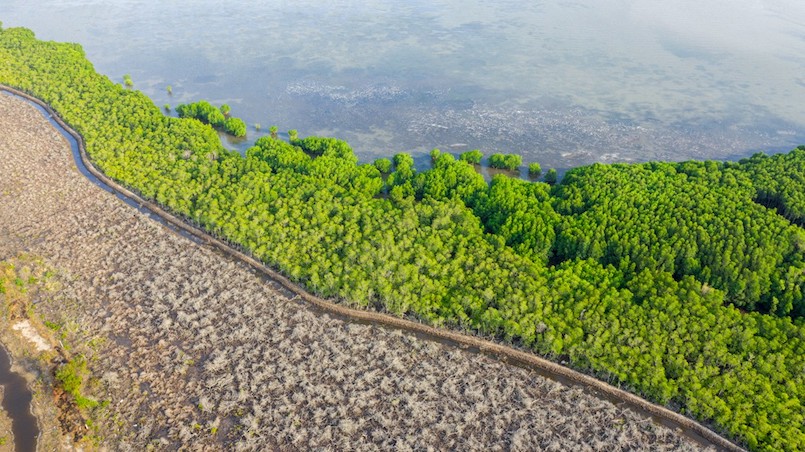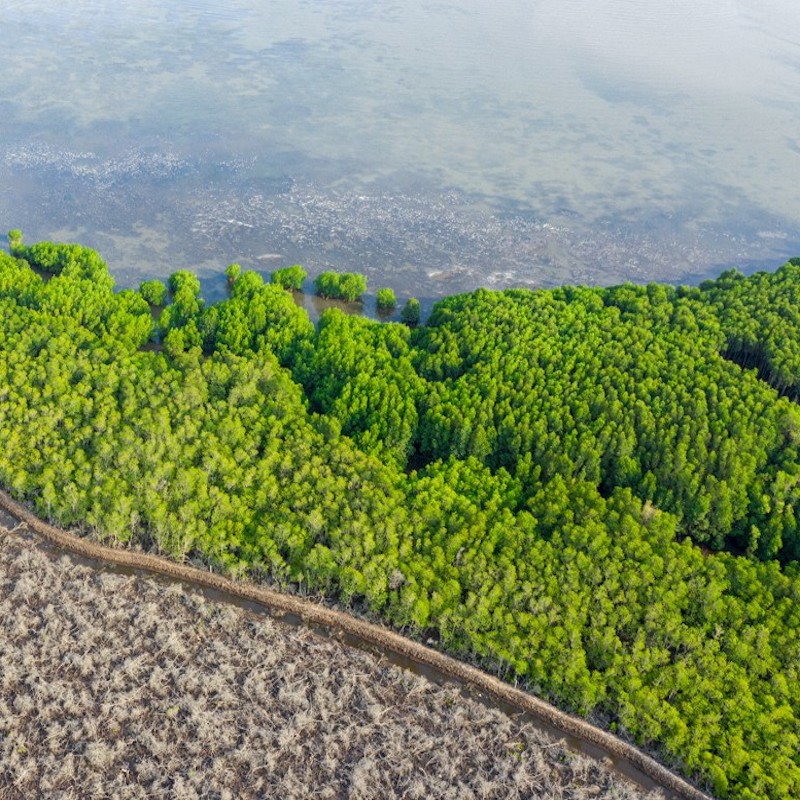Applying the hard lessons of coronavirus to the biodiversity crisis
April 13, 2020

This year was supposed to be a ‘super year for nature1,’ with a number of global meetings — World Conservation Congress2, UN Ocean Conference3 and UN Nature Summit4 — all culminating in a global biodiversity conference5 that would agree on a decade-long Post-2020 Biodiversity Framework6. This was supposed to be the year that launched the Decade of Restoration7, and that finally acknowledged nature-based solutions in climate negotiations8. But COVID-19 had other plans.
We must learn and adapt faster than ever, and the virus has lessons that apply to the global crises of biodiversity loss.
Exposing societal weaknesses
Complex, interconnected systems are as vulnerable as their weakest links. COVID-19 has exposed societal weaknesses around the world—in healthcare, homelessness, and inequality. Health care systems depend on vulnerable global supply chains for vital equipment. Eighty per cent of humanity lives on less than US$10 a day and will face this pandemic with no social or economic safety net whatsoever. These weaknesses both exacerbate, and are exacerbated by, a global pandemic.
Our responses to change must be smart and proactive. Countries with strong and early measures for testing and isolating in order to ‘bend the curve’ of the pandemic are seeing the lowest death rates. The timing of our response is everything. Now shutdowns seem inevitable in cities around the world.
How can we apply these lessons apply to biodiversity?
1. Create a nature-based planetary safety net by strengthening the weakest links in our global systems.
Nature and our economic systems are inextricably interwoven. Our global food system, for example, is vulnerable to biodiversity loss — with a decline of pollinators, so goes 35 per cent of our global crops9. With a million species at risk of extinction10, including pollinators, we must shore up natural ecosystems as a planetary safety net for humanity.
2. Select dense, multi-dimensional solutions that solve complex, multi-dimensional challenges.
We must be as efficient as possible in simultaneously solving multi-dimensional challenges in nature and development. There is already a growing call for Green COVID-19 rescue plans11. A good start would be to commit to massive inclusive investments in agroforestry, regenerative agriculture, mangrove restoration, and more. Such solutions help stem our biodiversity crisis, mitigate more than a third of greenhouse gases12, prevent disasters13, and buffer more than two billion people that are living in poverty who directly depend on nature for their livelihoods.
3. Commit to action now
We must be willing to take smart, strategic action. This means challenging the status quo, and the powerful interests that will resist change. We must listen to science, in understanding and avoiding nature’s tipping points14. This means using the best available spatial data15 to make informed decisions about land use. As with COVID-19, taking steps to prevent species extinctions and ecological collapse is largely a matter of timing.
4. Craft a bold Marshall Plan for nature
We must act as one planet to solve our biodiversity crisis by crafting a bold, coordinated, comprehensive plan. The draft post-2020 biodiversity framework16 is not nearly transformative enough to change the trajectory of biodiversity loss. It is time for a Marshall Plan for nature, one that sufficiently invests in the protection, restoration and sustainable management of biodiversity, and that repositions nature at the heart of sustainable development. To do anything less is to succumb to a slow-moving crisis that will eventually have far more consequences for humanity than COVID-19.
Like nearly everything else, this year’s biodiversity events have largely been postponed17, many until next year. However, if we can learn hard lessons from COVID-19 and apply them to the existential crisis of biodiversity loss as we head into recovery, 2020 just may well turn out to be a ‘Super Year’ for nature after all.
This is an excerpt as published on the online platform of the United Nations Developement Programme (UNDP).
For supplementary information, check out FuturArc’s issue on Climate Change.
References
1 Super year for nature
2 World Conservation Congress
3 UN Ocean Conference
4 UN Nature Summit
5 Global biodiversity conference
6 Post-2020 Biodiversity Framework
7 Decade of Restoration
8 Nature-based solutions in climate negotiations
9 A decline of pollinators, so goes 35 per cent of our global crops
10 A million species at risk of extinction
11 A growing call for Green COVID-19 rescue plans
12 Mitigate more than a third of greenhouse gases
13 Prevent disasters
14 Tipping points
15 Using the best available spatial data
16 Draft post-2020 biodiversity framework
17 Largely been postponed
To read the complete article, get your hardcopy at our online shop/newsstands/major bookstores; subscribe to FuturArc or download the FuturArc App to read the issues.
Previously Published Commentary, Online Exclusive Feature
Contact us at https://www.futurarc.com/contact-us for older commentaries.


